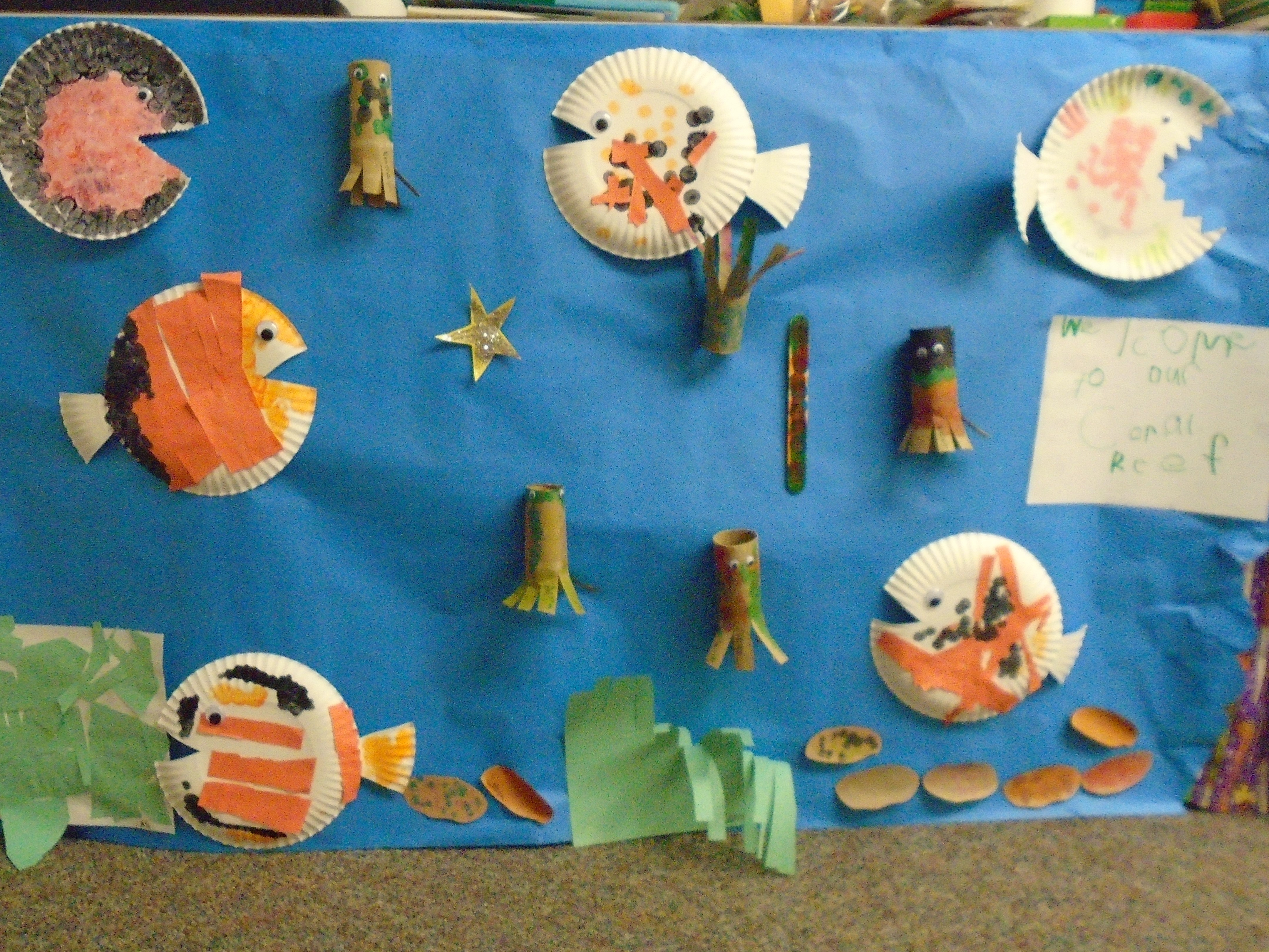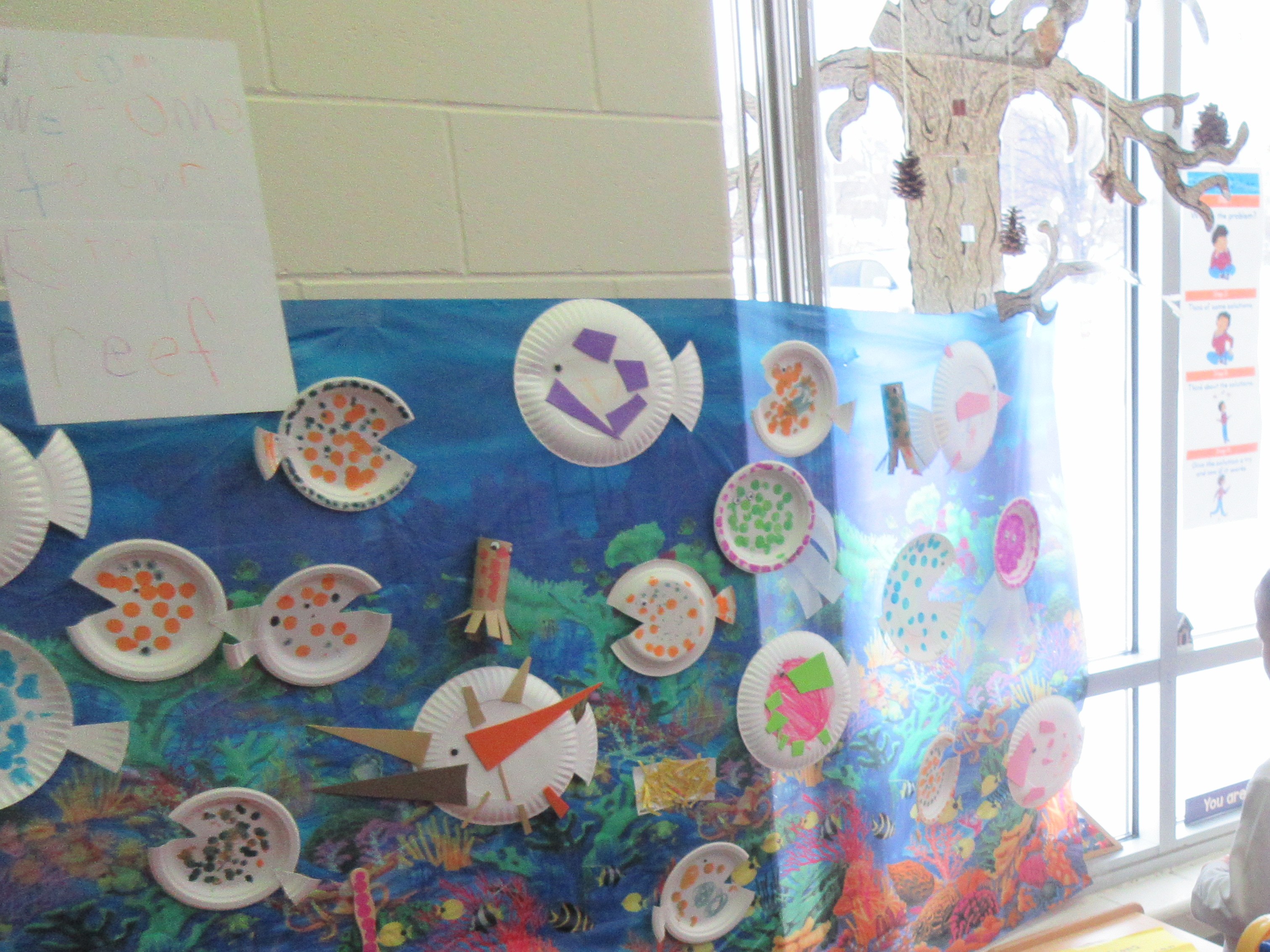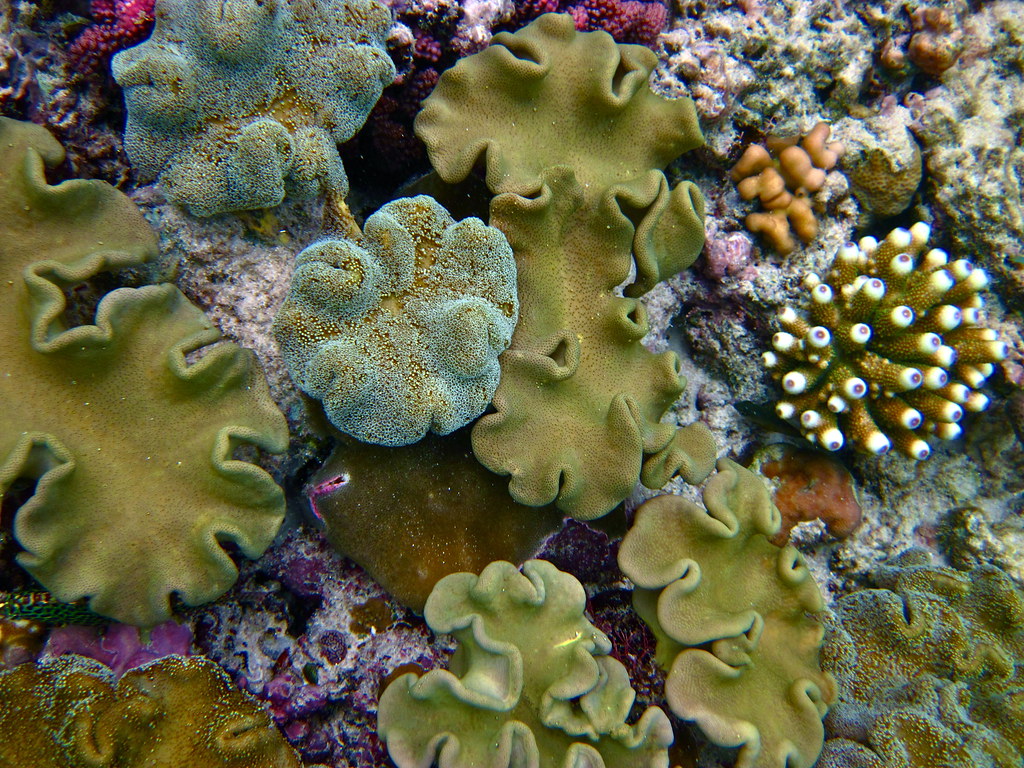WY.SCI.K.ESS2.2
Wyoming Science Content and Performance Standards
Kindergarten
Learning Domain: Earth's Systems
Standard: Construct an argument supported by evidence for how plants and animals (including humans) can change the environment to meet their needs.
Degree of Alignment:
Not Rated
(0 users)
WY.SCI.K.ESS3.1
Wyoming Science Content and Performance Standards
Kindergarten
Learning Domain: Earth and Human Activity
Standard: Use a model to represent the relationship between the needs of different plants and animals (including humans) and the places they live.
Degree of Alignment:
Not Rated
(0 users)
WY.SCI.K.ESS3.3
Wyoming Science Content and Performance Standards
Kindergarten
Learning Domain: Earth and Human Activity
Standard: Communicate solutions that will manage the impact of humans on the land, water, air, and/or other living things in the local environment.
Degree of Alignment:
Not Rated
(0 users)
WY.SCI.K.LS1.1
Wyoming Science Content and Performance Standards
Kindergarten
Learning Domain: From Molecules to Organisms: Structures & Processes
Standard: Use observations to describe patterns of what plants and animals (including humans) need to survive.
Degree of Alignment:
Not Rated
(0 users)
Science Domain: Earth and Space Sciences
Topic: Interdependent Relationships in Ecosystems: Animals, Plants, and Their Environment
Standard: Construct an argument supported by evidence for how plants and animals (including humans) can change the environment to meet their needs. [Clarification Statement: Examples of plants and animals changing their environment could include a squirrel digs in the ground to hide its food and tree roots can break concrete.]
Degree of Alignment:
Not Rated
(0 users)
Science Domain: Earth and Space Sciences
Topic: Interdependent Relationships in Ecosystems: Animals, Plants, and Their Environment
Standard: Use a model to represent the relationship between the needs of different plants and animals (including humans) and the places they live. [Clarification Statement: Examples of relationships could include that deer eat buds and leaves, therefore, they usually live in forested areas; and, grasses need sunlight so they often grow in meadows. Plants, animals, and their surroundings make up a system.]
Degree of Alignment:
Not Rated
(0 users)
Science Domain: Earth and Space Sciences
Topic: Interdependent Relationships in Ecosystems: Animals, Plants, and Their Environment
Standard: Communicate solutions that will reduce the impact of humans on the land, water, air, and/or other living things in the local environment.* [Clarification Statement: Examples of human impact on the land could include cutting trees to produce paper and using resources to produce bottles. Examples of solutions could include reusing paper and recycling cans and bottles.]
Degree of Alignment:
Not Rated
(0 users)
NGSS.K.LS1.1
Next Generation Science Standards
Kindergarten-K
Science Domain: Life Sciences
Topic: Interdependent Relationships in Ecosystems: Animals, Plants, and Their Environment
Standard: Use observations to describe patterns of what plants and animals (including humans) need to survive. [Clarification Statement: Examples of patterns could include that animals need to take in food but plants do not; the different kinds of food needed by different types of animals; the requirement of plants to have light; and, that all living things need water.]
Degree of Alignment:
Not Rated
(0 users)


